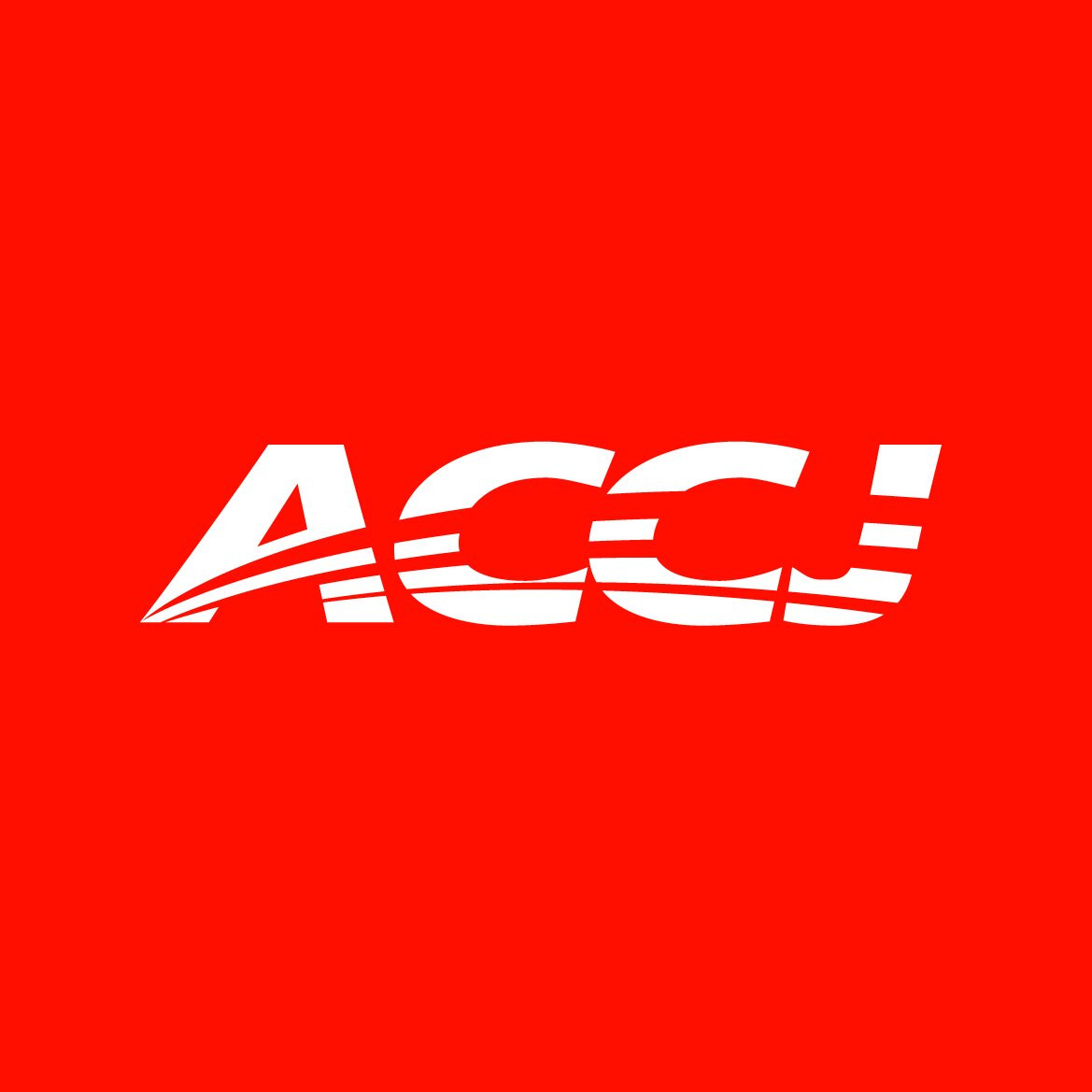The World We Want
A pause in “normal” gives us a chance to achieve a sustainable future
Like many people, when I hear the word “sustainability,” my first thought is the environment. But having written about the United Nations (UN) Sustainable Development Goals (SDGs) since their inception in 2015, I know that it encompasses much more. Particularly when it comes to business, there are many things beyond simple environmental issues that must be considered if we are to have a sustainable future. This special edition of _The ACCJ Journal_ grew out of conversations with the American Chamber of Commerce in Japan (ACCJ) Sustainability Committee about the definition of the term. What does sustainability mean to you? That’s the first question we asked, and one to which the answer varies from person to person. You’ll find thoughts from 10 ACCJ leaders and members in this issue—a starting point for a plethora of content related to sustainability.
Blueprint
Returning to the SDGs, the UN defines them as “a shared blueprint for peace and prosperity for people and the planet, now and into the future.” This is a great summary for framing the wide range of issues that we are facing and the precarious nature of our world. The 17 goals are:
1. No poverty
2. Zero hunger
3. Good health and well-being
4. Quality education
5. Gender equality
6. Clean water and sanitation
7. Affordable and clean energy
8. Decent work and economic growth
9. Industry, innovation, and infrastructure
10. Reducing inequality
11. Sustainable cities and communities
12. Responsible consumption and production
13. Climate action
14. Life below water
15. Life on land
16. Peace, justice, and strong institutions
17. Partnerships for the goals
Development of the SDGs began with a document entitled “The Future We Want,” adopted in June 2012 by UN member states at the United Nations Conference on Sustainable Development in Rio de Janeiro, Brazil. The resulting _2030 Agenda for Sustainable Development_, with its 17 SDGs, was adopted at the UN Sustainable Development Summit in September 2015.
Needed Disruption?
Less than five years into the journey to 2030, the world was hit by the coronavirus pandemic, which I believe has really shed light on the importance of these goals.
Good health and well-being (SDG 3)—and access to care that makes that possible—has, of course, been a challenge during this period of lockdowns and social distancing. And decent work and economic growth (SDG 8) has been disrupted in ways that probably would not have happened if not for Covid-19. The manner in which workers view their jobs and work–life balance, as well as how companies function, has changed in ways that are likely to continue reshaping the business world beyond the pandemic.
The pandemic allowed us to hit the emergency brake and look around. Now we have a chance to really implement changes.
But the environmental issues that many think of first are of particular note. With full or partial lockdowns around the world putting the brakes on transportation, commuting, tourism, manufacturing, and other activities that pour greenhouse gases into the atmosphere, measurable changes—of the sort needed to achieve environmental targets to curb global warming—were quick to come. Examples include:
- New York City air pollution in March 2020 was half that of March 2019
- Air quality in Indian megacities improved by 50 percent
- Particulate matter concentration in Japan dropped by 17 percent
As Inger Andersen, executive director of the United Nations Environment Programme wrote in a piece for The Telegraph in December: “‘normal’ was destroying our health and prosperity. We cannot afford to return to it after Covid-19.” As I see it, what we call normal is the acceptance of things as they are, as they have long been. We often accept this not because we don’t care but because life in today’s world is sometimes like a runaway train, and we’re just along for the ride. The pandemic allowed us to hit the emergency brake and look around. Now we have a chance to really implement changes that we’ve long talked about.
C Bryan Jones
Publisher and editor-in-chief
cjones@accj.or.jp
THE JOURNAL
Vol. 58 Issue 5
A flagship publication of The American Chamber of Commerce in Japan (ACCJ), The ACCJ Journal is a business magazine with a 58-year history.
Christopher Bryan Jones, Publisher & Editor


